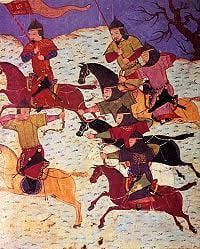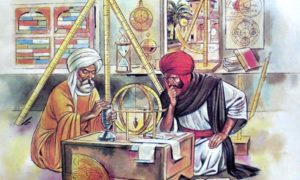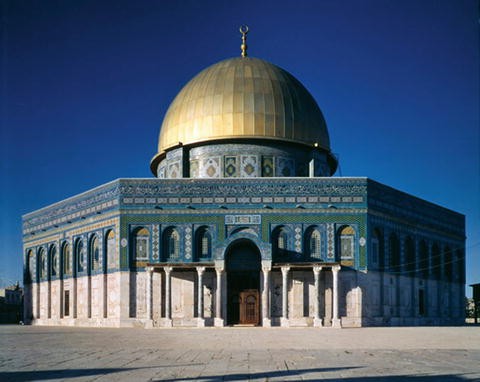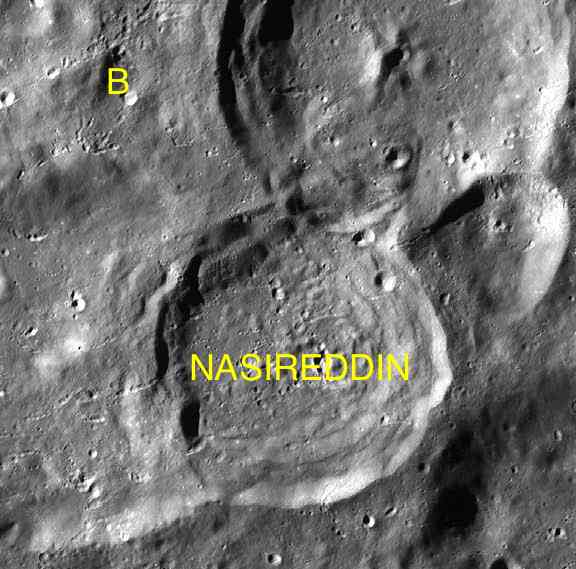The Golden Age of Islam
Nasir al-Tsui
Nasir al-Tusi was an Islamic astronomer, philosopher, scientist, and mathematician who joined the Mongols who conquered Baghdad. The Mongol people were a group of tribes from the grasslands of central Asia. Mongol tribes raised animals and moved from place to place. A Mongol group called the Golden Horde moved west from Russia into Hungary. Another group moved into Iran and what is now Iraq.

Although usually known as Nasir al-Din al-Tusi, his proper name was Muhammad ibn Muhammad ibn al-Hasan al-Tusi. Al-Tusi was born 18th Feburary 1201 CE and died 26th June 1274 CE. Al-Tusi was born in the town of Tus in northeastern Iran, and his nationality was Iranian.



Al-Tusi made important contributions to astronomy and wrote many commentaries on Greek texts. He started writing as a student and went on to become a talented and learned intellectual. His journey of discovering and researching on a variety of subjects began when he was captured and hired as a scientific advisor by Mongol leader Hulagu Khan. In 1259 CE, Nasir al-Din al-Tusi persuaded the Mongol conqueror Hulagu Khan (1217-1265CE) to build an observatory at Maragheh in what is now Azerbaijan. The Maragheh observatory became a center of learning. An observatory is a building location for observing terrestrial, marine, or celestial events. The chief Mongol Hulagu Khan knew Al-Tusi was an incredibly intellegtual man, and his findings were very logical, so he decided to ask Al-tusi to join his Mongol tribe. Al-Tusi became an advisor to Hulagu Khan.


Have a look at what a modern day observatory looks like:

Al-Tusi is known for making really accurate charts that explain planetary movements. These charts were explaining theories about how he thought planets move and interact with each other. Many astronomers used these findings in the coming years and these were used until 1600CE.
Did you know that there is a lunar crater named after Nasir al-Din al-Tusi. The crater is called Nasireddin, and it is 30 miles long.

One of Al-Tusi's most famous and well-known pieces of work was the Tusi Couple. The Tusi Couple is a mathematical device in which a small circle rotates inside a larger circle. His model for the planetary system is believed to be the most advanced of his time, and was used by many until the development of the heliocentric model in the time of Nicolaus Copernicus. There is also reason to believe that he may have influenced Copernican theory of heliocentrism. Al-Tusi criticised Ptolemy'sevidence that showed the Earth was at rest (not moving), and instead used the Tusi Couple to show rotation.

![Tusi's diagram of the Tusi couple, 13th century[7]](https://upload.wikimedia.org/wikipedia/commons/thumb/3/33/Tusi_couple.jpg/250px-Tusi_couple.jpg)
